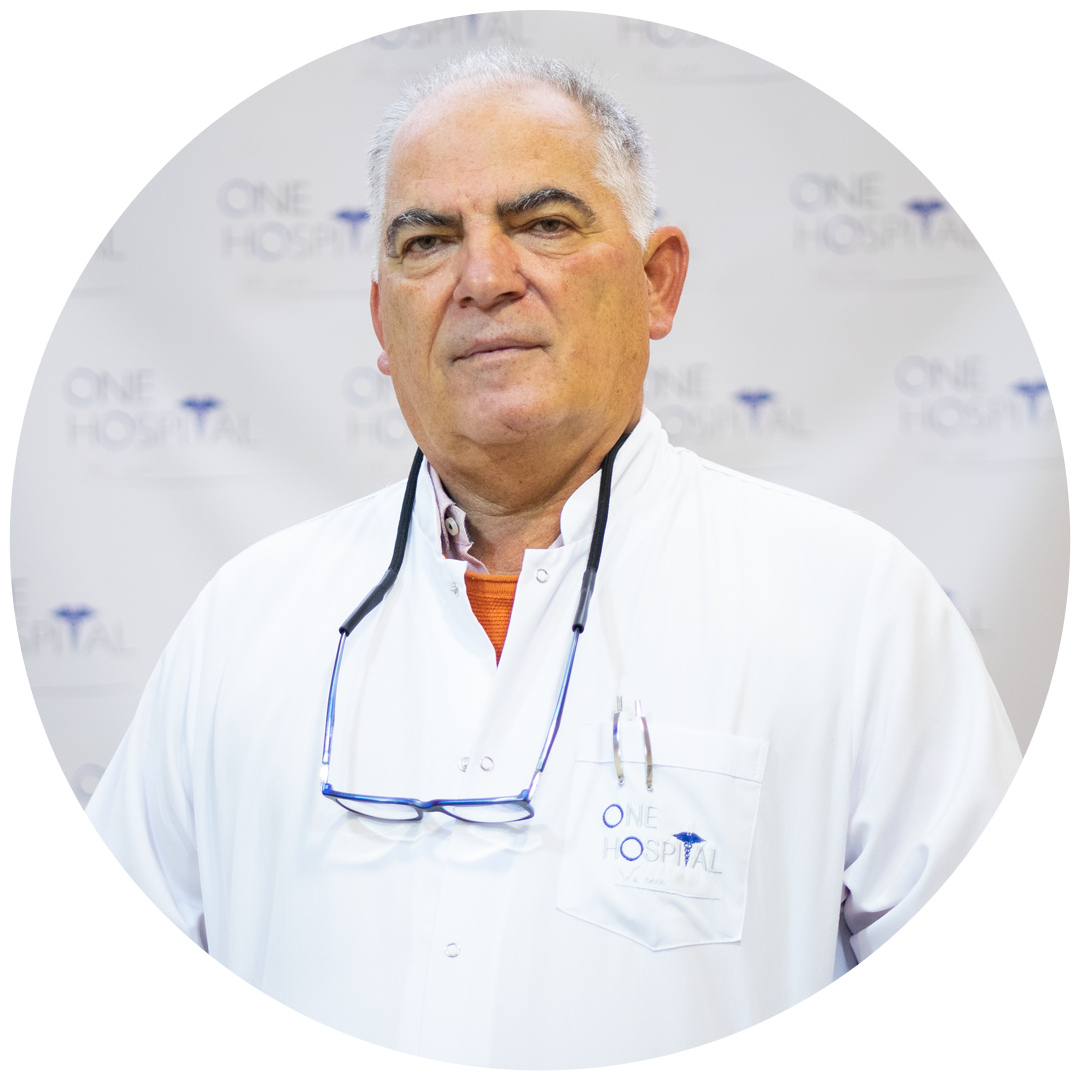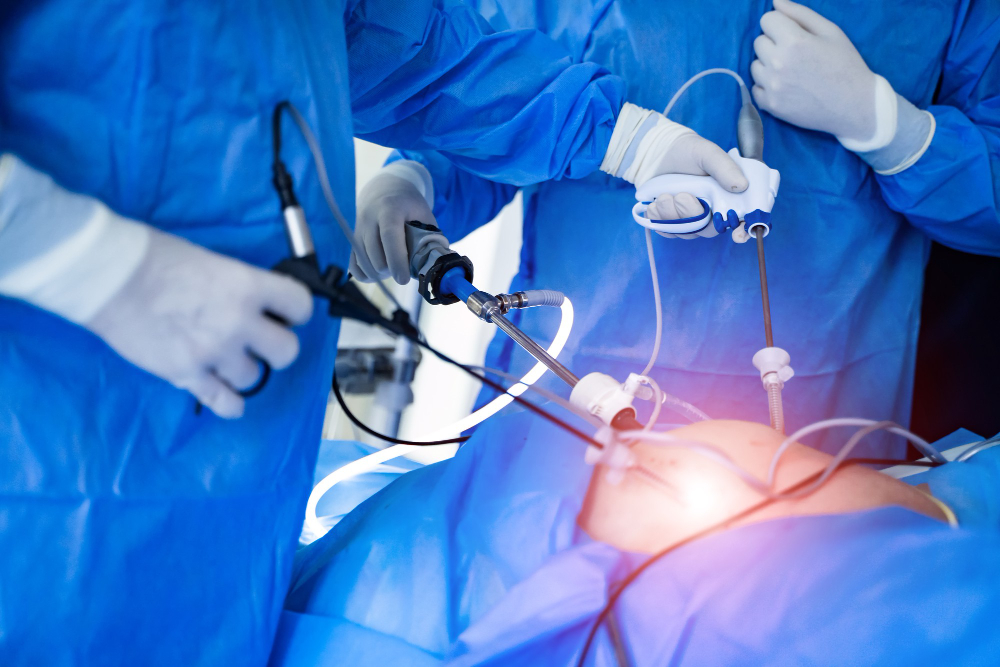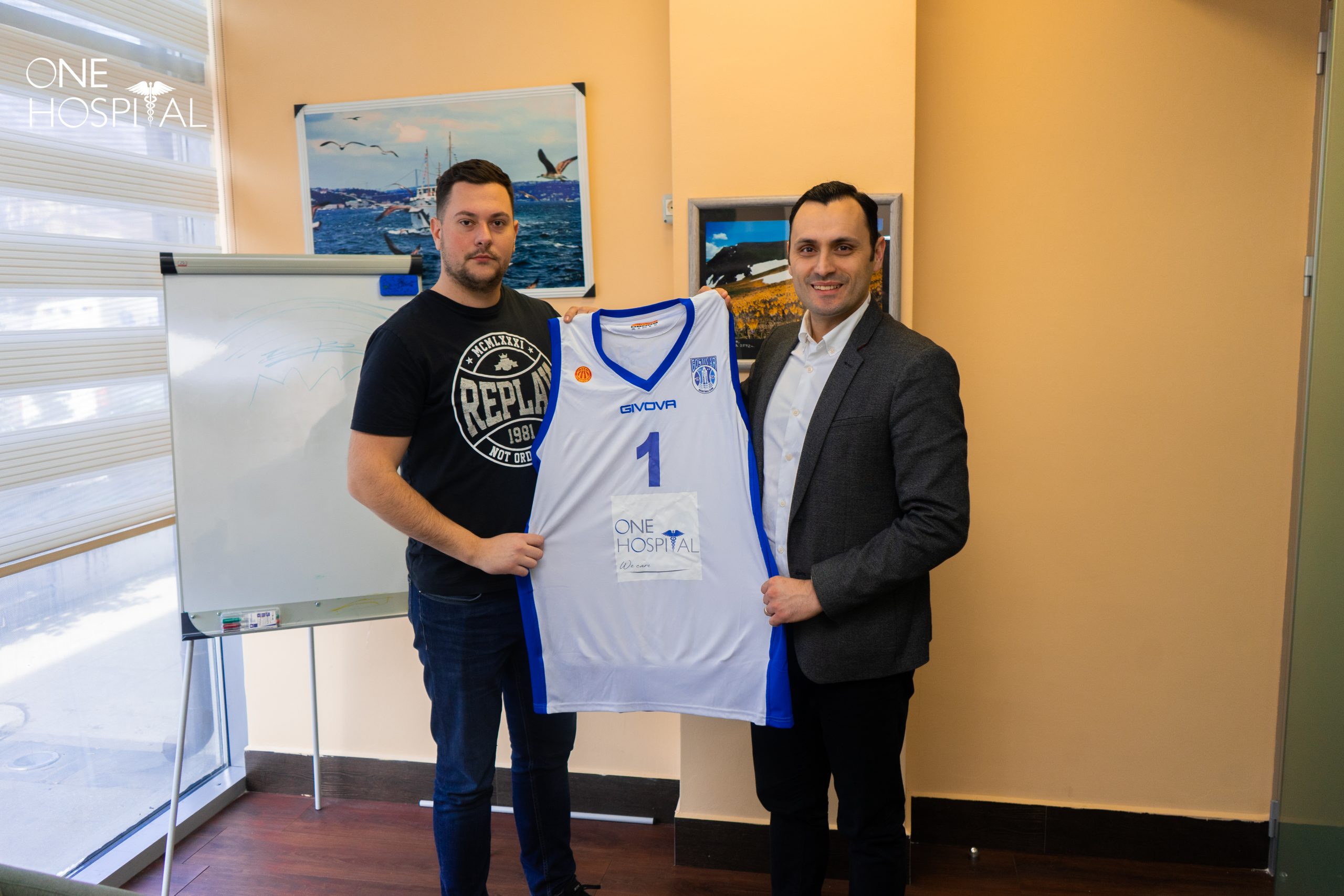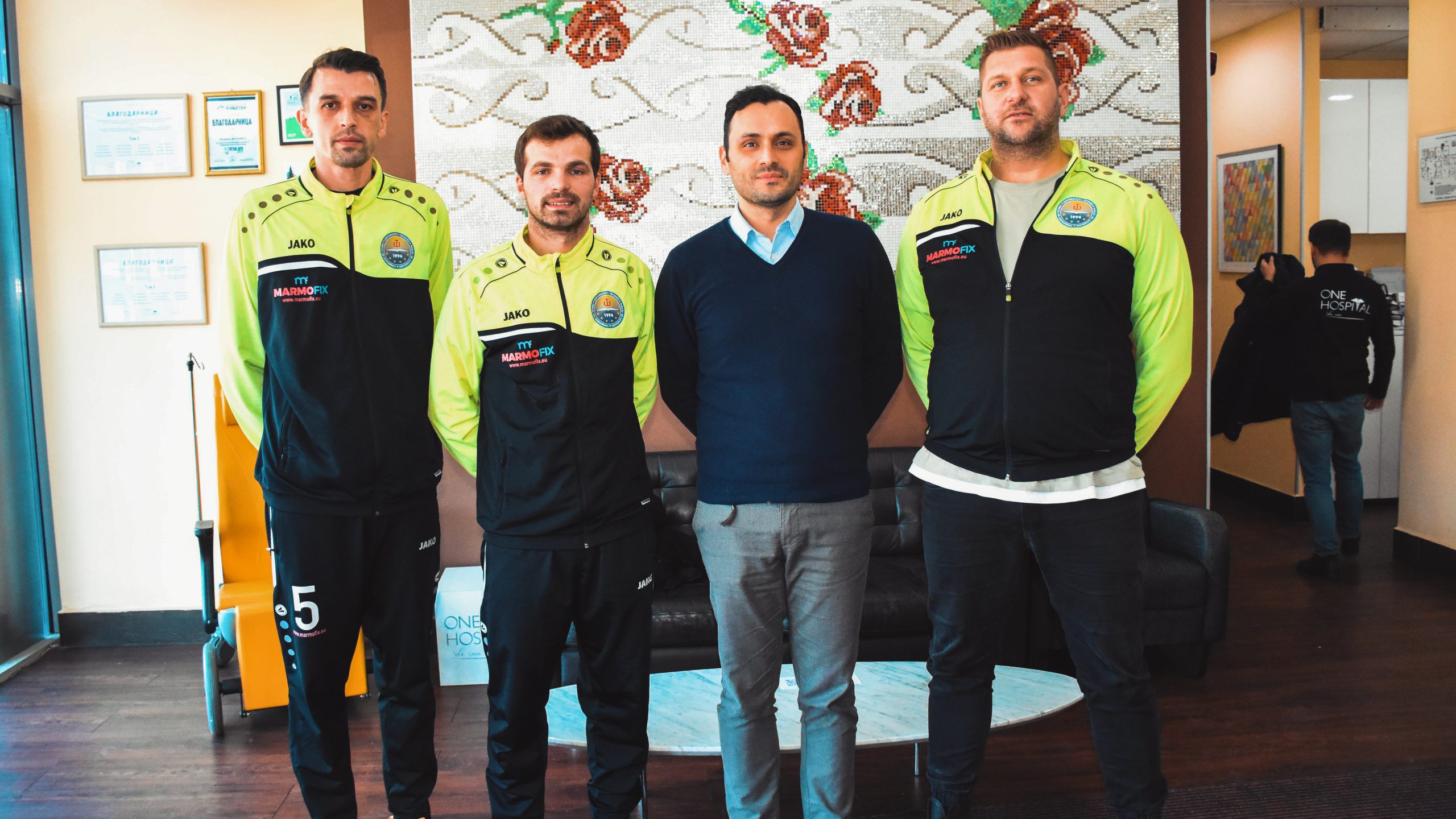Urethrotomy, also known as direct vision internal urethrotomy, is a surgical procedure used to treat urethral stricture disease.
It is an outpatient surgery that involves the use of a urethrotome or a surgical knife passed through a cystoscope to widen a narrowed urethra. Urethrotomies are generally performed only in men because urethral strictures in women are very, very rare.
If you complain of symptoms such as pain when urinating, urinary tract infections, blood in the urine, urination, and inability to empty your bladder completely, your doctor may suspect a narrowing of the urethra (the tube that drains urine from your bladder). bubble).
The next step will be to confirm if you have a urethral stricture. Urethral stricture can be diagnosed by:
- Simple physical examination Urethral x-ray or ultrasound Retrograde urethrogram
Urethroscopy
Cystoscopy
Only after this diagnosis has been made will your doctor recommend that you have a urethrotomy.
Alternative procedures for urethrotomy:
Alternative procedures for urethrotomy are dilation and urethroplasty. Dilation involves inserting thin rods (dilators) of increased size into the urethra to stretch the stricture and widen the narrowing.
Urethroplasty is the reconstruction or replacement of a narrow urethra with open surgery, generally when the stricture is too long to be treated with less invasive cystoscopy with urethrotomy. What your doctor will recommend you do depends largely on the severity of your urethral stricture, as well as the success of previous procedures you may have performed before. Because you will be given anesthesia, you are advised not to eat for at least six to eight hours before the time allotted for your urethrotomy, and you can drink clear fluids only up to two hours before surgery. All this should be clarified by the anesthesiologist. If you have any medications that you take daily, you should ask your doctor how to take them on the day of your surgery. The operation usually takes about 30 minutes. It is likely that your doctor will perform imaging tests and/or perform a cystoscopy to measure the length and weight of the stricture. He or she may also ask for some blood tests to check to make sure you are in good health. A sample of your urine will also be tested to make sure there are no bacteria in it. Depending on your age and any pre-existing heart disease you may have, your doctor may order a cardiac electrocardiogram (ECG).


















